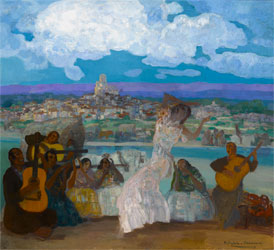- 01. Evocation of the nude
- 02. Paris nocturnes
- 03. Portraits
- 04. The splendour of women
- 05. A passion for dance
Anglada-Camarasa.
Arabesque and Seduction
6 November 2012 - 31 March 2013
Málaga, 2012 © Foto Gonzalo de la Serna
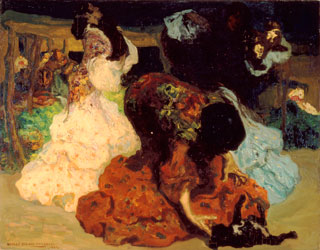
Málaga, 2012
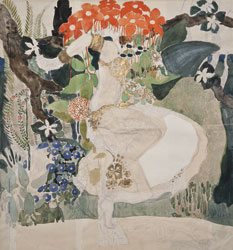
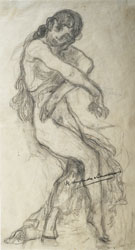
Málaga, 2012 © Colección Carmen Thyssen-Bornemisza en préstamo gratuito al Museo Carmen Thyssen Málaga
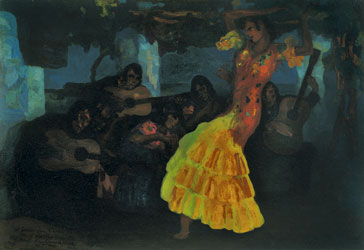
A passion for dance
Flamenco enjoyed enormous success during the fin-de-siècle in Paris. Audiences found the image of the defiant gypsy highly appealing and these women became the classic symbol of what was perceived abroad as typically Spanish, to the point of being seen as the Spanish version of the femme fatale.
Anglada-Camarasa shared this passion for gypsy dancing and the spectacle of its performance to the extent that it remained a life-long subject in his work, not only due to the demand for such works but also because they allowed him to focus on the representation of the female body engaged in the frenzied movement that this highly expressive dance required.
In all the dynamic compositions of dancing gypsy women on display in this exhibition Anglada-Camarasa conveys the power and intensity of the movements and thus succeeds in transmitting the passionate, uninhibited nature of the gypsy woman, a theme that would continue to fascinate him throughout his career.
Accompanying these paintings are various sketches that probably reflect the artist’s interest in the study of movement and which convey the intuitive, sensual character of the dance.

